The attached photo is pulled from a Piccolo DSP reference design from TI. They use 57.6k pull-up resistors and 2.2k pull-down resistors to allow configuration of boot pins at startup. I've seen all sorts of values for static configurations like these, and I'm not sure why you would choose 57.6k/2.2k vs. 10k/1k, or 10k/0 (i.e. tie switch pin directly to GND).
Are the SW1 pins not shorted to GND to protect against an accidental short if the GPIO is misconfigured to be an output?
Why did they choose 57.6k/2.2k?

Another example is the write-protect pin on an EEPROM. It can be configured via pull-up/down resistor to set a static config, but I've seen designers choose to use 330/1k/2.2k/10k/etc resistor to pull the pin to GND or VCC (even when the pin can't be misconfigured as an output). The only reason I can think of is that this provides flexibility for some kind of automated manufacturing ICT test to pull the pin in the other direction. For example, if the EEPROM is normally write protected, but manufacturing wants the ability to program in-circuit, then connecting the pin via 2.2k ohm resistor (instead of shorting it to VCC or GND) allows the test probe to pull the pin into write-enable mode temporarily.
What are the other considerations for choosing pull-up/down resistor values?